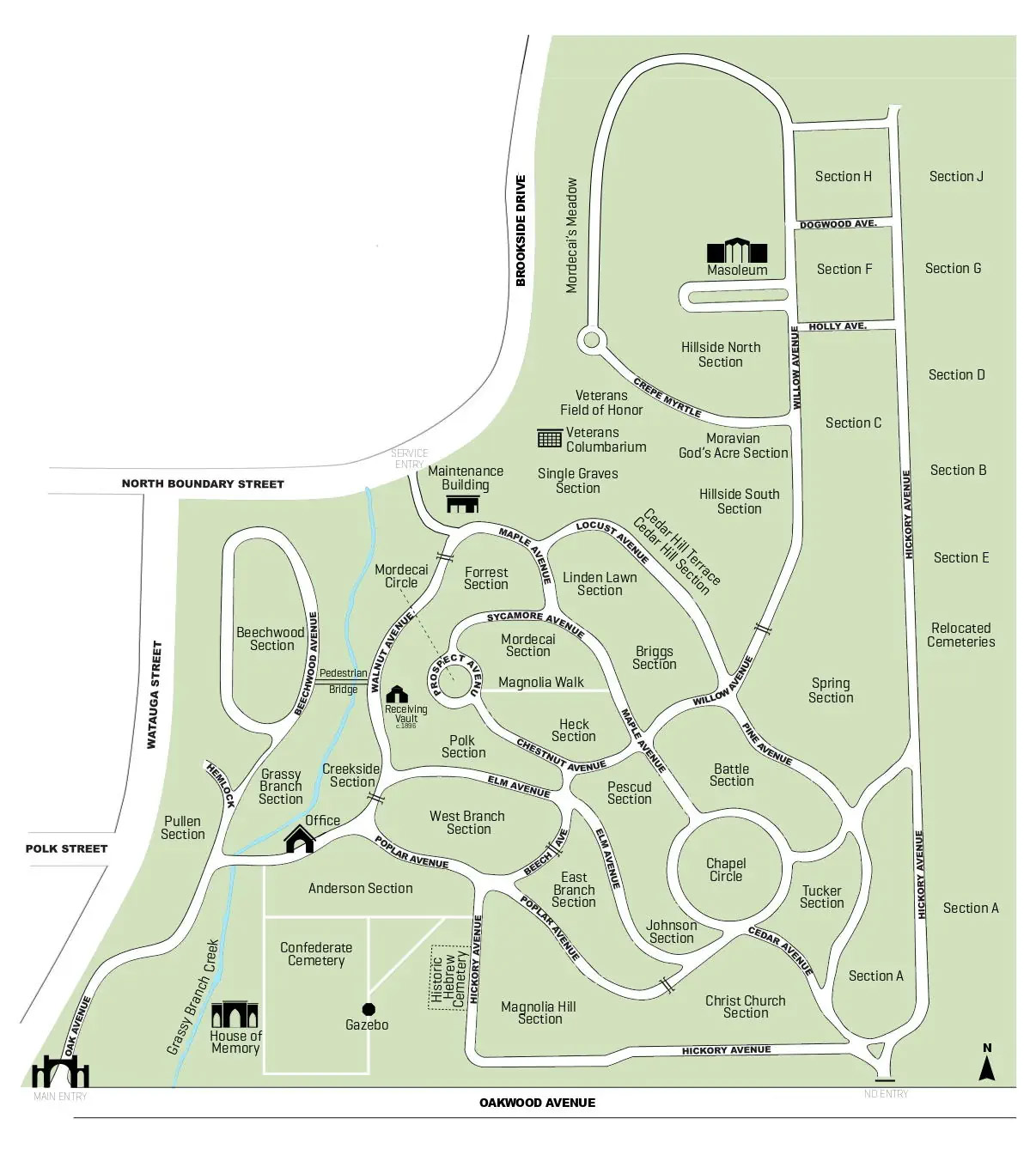Jim Valvano
The Accusations of Rules Violations
Spoiler Alert! It was all bullshit!
In 1989, accusations of rules violations surfaced in the book Personal Fouls by Peter Golenbock. These accusations centered mostly on high school All-American Chris Washburn, who managed only a 470 out of 1600 on his SAT (with 400 being the starting score for just showing up). A 1989 NCAA investigation cleared Valvano, but found that players sold shoes and game tickets. As a result, NC State placed its basketball program on probation for two years (the maximum) and was banned from participating in the 1990 NCAA tournament. The state-appointed Poole Commission issued a 32-page report that concluded that there were no major violations of NCAA regulations, and that Valvano and his staff’s inadequate oversight of players’ academic progress violated “the spirit, not the letter of the law.”
After this report, Valvano was forced to resign as the school’s athletic director in October 1989, but remained as basketball coach through the 1989–90 season. Under subsequent pressure from the school’s faculty and new chancellor, Valvano negotiated a settlement with NC State and resigned as basketball coach on April 7, 1990. Six separate entities investigated Valvano and the NC State basketball program including the NC State Faculty Senate, the North Carolina Attorney General, the University of North Carolina Board of Governors, the NC State Board of Trustees, and the NCAA. None of them found any evidence of recruiting violations or academic or financial impropriety on the part of Valvano or his staff.
Cemetery Information:
Final Resting Place:
Oakwood Cemetery
701 Oakwood Avenue
Raleigh, North Carolina, 27601
USA
North America
Map:

Grave Location:
Section Cedar Hill, Lot 135, Grave 1Grave Location Description
As you enter the cemetery stay to the right as you drive towards the center of the cemetery, parking at the intersection of Willow Avenue and Locust Avenue. Walk down Locust Avenue about 200 feet towards the stairs leading down the hill and you will see the final resting place of sports legend Jim Valvano on the road.






